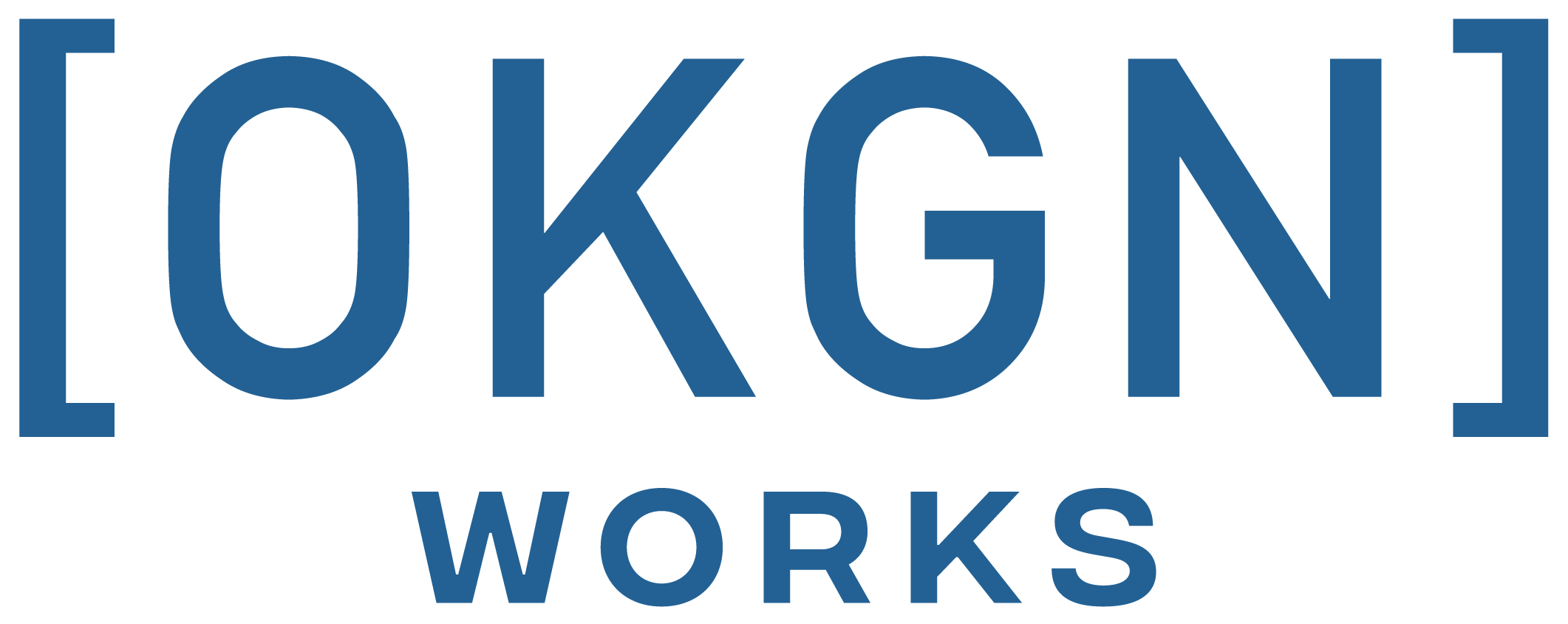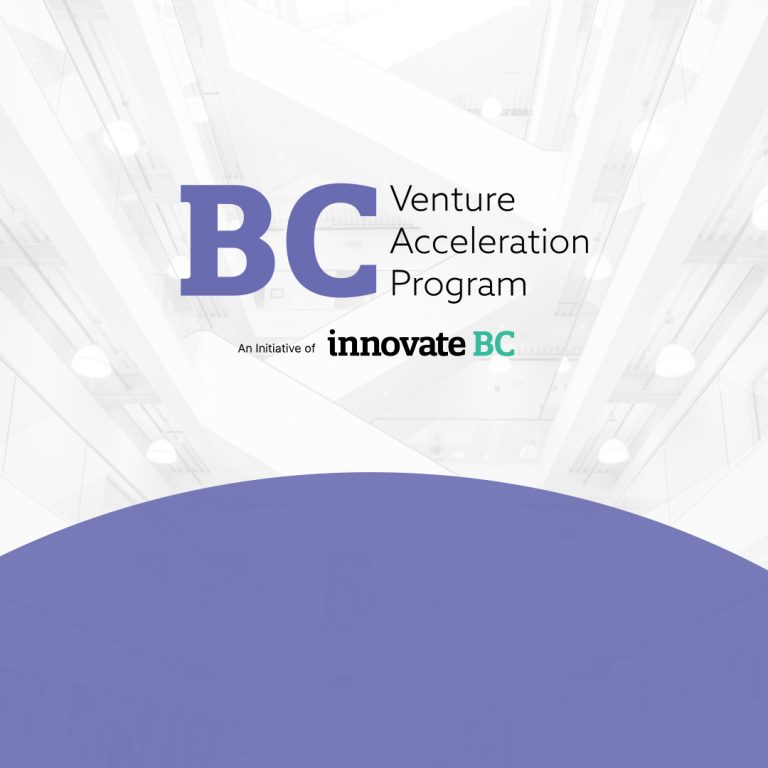START YOUR Entrepreneurial Journey
Building a business is no easy task. It’s one thing to have an idea, but how do you know if it’s viable? And where do you start?
Our online Startup Basics program is a self-paced learning tool that gives aspiring entrepreneurs the foundations they need to explore their ideas, build a business plan and develop a go-to-market strategy. Each module guide entrepreneurs through transforming an idea into a startup with a focus on ideation and customer validation.
Startup Basics is available to all Accelerate Okanagan members through our website. Members can log in and access the program at anytime through the member’s dashboard. Already a member? Log in to your account to get started.
Read on to learn about the different modules.
Module 1: You & Your Idea
Ideas, Innovation & Risk | I have an idea, so now what?
This module is designed to help you dive deeper into your idea. You’ll investigate the problem you’re trying to solve and how your solution differs from others in the market. This is an important step in defining your unique competitive advantage.
The Founder’s Job | Am I ready for a leadership role?
This module will help you understand your role and responsibilities as a founder, the importance of being involved at all stages of the process, and encourage you to get out of the building and engage with your potential customers.
Module 2: The Business Model Canvas
Why Create a Business Model? | I am committed to working on my idea, what’s next?
A business model is one of the first and most important tools entrepreneurs can use to outline how they intend to validate that their business will create, deliver, and capture value.
Deep Dive: Business Model Canvas | How do I create a business model?
This module will introduce you to the business model canvas tool. A business model canvas is a template that allows you to explore all areas of your business by outlining your hypotheses. Once this is laid out, you will be able to utilize and iterate on your business as you transform your guesses into customer-validated facts.
Module 3: Get to Know Your Customers
Customer Discovery & Validation | How do I know if people will want my product?
Customer Discovery is the foundation of finding product/market fit. This module will demonstrate how you as the founder can engage with your potential customers to validate your idea. During this stage, you will be required to listen to your customers, learn about their pain points, and use this information to either prove your hypothesis or iterate on your business model.
Buyer Types & Customer Profiles | Who are my customers and how do I find them?
Once you have validated your idea, you will want to develop a deeper understanding of your customers. This module will guide you through creating customer personas so you can develop deeper insights into who they are, where they are, and how they will engage with your product.
Module 4: Markets & Market Values
Discover Your Market Type | How do I position myself within the market?
This module will help you identify your market type and the potential demand for your product by determining where you fit relative to your competition. This will bring more clarity to your position within the market and will allow you to target the right people in the right way.
Positioning Statement | How do I explain my business to others?
The goal of a positioning statement is to clearly articulate the central idea of your business. It will allow you to explain your business model in a few short sentences which can be easily understood by anyone. Think of it as your elevator pitch: the goal is for others to understand and remember what you do.
Module 5: Getting Your Product to Market
Minimum Viable Product | I’ve validated my business idea now what?
It is easy for founders to get caught up in all of the features they believe their product should have. A minimum viable product (MVP) challenges you to look at what feature(s) are essential to your customers and how you can deliver that feature to gain some traction. When thinking about building an MVP, a good rule of thumb is to take what you are planning to build and cut it in half. Remember: you can always add more features later!
Module 6: GOAL SETTING
Prioritization | I have gone through all the steps, how do I stay focused?
Setting goals for yourself and your company is the best way to make sure you are prioritizing your workload. The OKR framework is a practical way to determine where your time should be spent and what the most important things to accomplish are in order for you to achieve your goals.
By the end of completing this online program, you will have the foundational knowledge needed to test your business idea and decide if it’s a venture you want to commit to building. Entrepreneurship isn’t easy, but Startup Basics is the right first step towards success.
Ready to get started?
Sign up as an Accelerate Okanagan to access the Startup Basics online market validation training program.
BECOME A MEMBER





